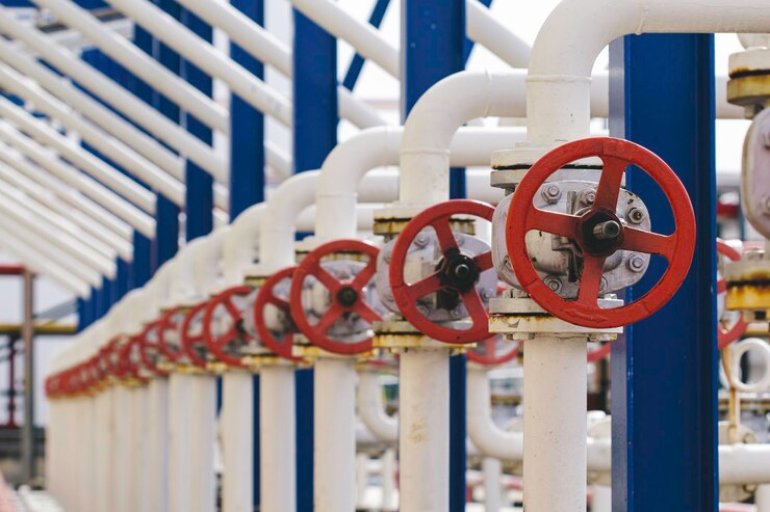Oxygen Service Valves: Everything You Need to Know

Introduction:
In the realm of industrial applications, where oxygen plays a vital role,
ensuring safety and reliability is paramount. Oxygen service valves are
indispensable components in systems that handle oxygen, ensuring proper flow
control, safety, and efficiency. In this comprehensive guide, we'll delve
into everything you need to know about oxygen service valves, from their
functionality and types to their importance and maintenance.
Understanding Oxygen Service Valves:
Oxygen service valves are specialized valves designed to handle oxygen gas
safely and efficiently. Unlike ordinary valves, oxygen service valves are
constructed with materials and features that prevent the risk of combustion
or ignition in the presence of oxygen. They are crucial components in
various industries such as healthcare, aerospace, welding, and metallurgy,
where oxygen is used in various processes.
Functionality of Oxygen Service Valves:
The primary function of oxygen service valves is to control the flow of
oxygen gas within a system. These valves ensure that oxygen is delivered at
the required pressure and flow rate while maintaining safety standards.
Oxygen service valves are engineered to withstand the high-pressure
environments often associated with oxygen systems, minimizing the risk of
leaks or failures.
Types of Oxygen Service Valves:
1. Manual Oxygen Service Valves: These valves are operated manually,
typically using a handwheel or lever mechanism. Manual oxygen service valves
provide precise control over the flow of oxygen and are commonly used in
applications where operators need direct control over the gas flow.
2. Automatic Oxygen Service Valves: Automatic valves are equipped with
sensors and actuators that allow them to regulate oxygen flow automatically
based on predetermined parameters such as pressure or temperature. These
valves are ideal for systems that require constant monitoring and adjustment
of oxygen flow.
3. Pressure Regulating Oxygen Service Valves: Pressure regulating valves are
designed to maintain a constant outlet pressure regardless of fluctuations
in the inlet pressure. They ensure a consistent flow of oxygen to downstream
equipment, making them essential for applications that require precise
pressure control.
4. Solenoid Oxygen Service Valves: Solenoid valves are electromechanically
operated valves that use an electromagnetic coil to control the flow of
oxygen. They are commonly used in automated systems where remote control or
automation is required.
Importance of Oxygen Service Valves:
The importance of oxygen service valves cannot be overstated, especially in
industries where oxygen is used for critical processes. These valves play a
crucial role in maintaining the safety and efficiency of oxygen systems,
preventing potential hazards such as leaks, fires, or explosions. Properly
selected and maintained oxygen service valves ensure that oxygen is
delivered reliably and securely to where it is needed, minimizing downtime
and maximizing productivity.
Safety Considerations:
Safety is of paramount importance when working with oxygen service valves.
Due to the reactive nature of oxygen, even small leaks or malfunctions can
pose significant risks. It's essential to follow industry best practices and
guidelines for the installation, operation, and maintenance of oxygen
service valves. Regular inspections, leak testing, and valve maintenance are
critical to ensuring the safety and reliability of oxygen systems.
Maintenance and Inspection:
Regular maintenance and inspection are essential to keep oxygen service
valves in optimal condition. Routine inspections should include checking for
leaks, verifying proper valve operation, and ensuring that all components
are free from damage or corrosion. Any signs of wear or deterioration should
be addressed promptly to prevent potential safety hazards.
Conclusion:
Oxygen service valves are indispensable components in systems that handle
oxygen gas. From controlling flow to ensuring safety, these valves play a
vital role in various industries where oxygen is used. Understanding the
different types of oxygen service valves, their functionality, and the
importance of proper maintenance is crucial for ensuring the safety and
efficiency of oxygen systems. By adhering to safety guidelines and best
practices, operators can minimize risks and maximize the performance of
oxygen service valves in their respective applications. For the best quality
oxygen service valves, consider reaching out to Oswal Industries Limited, a
leading valve manufacturing company committed to providing top-notch
products for various industrial needs.
